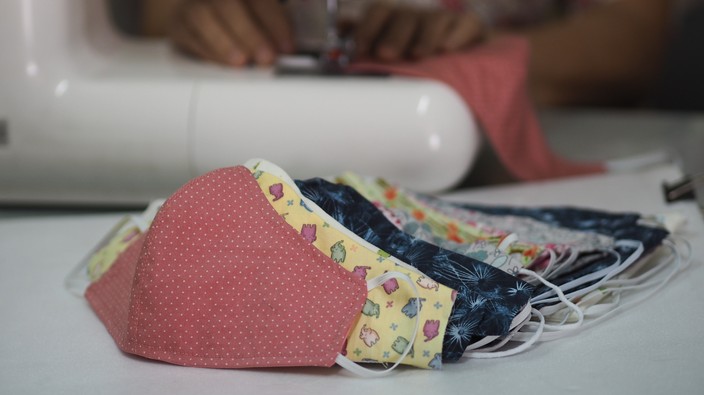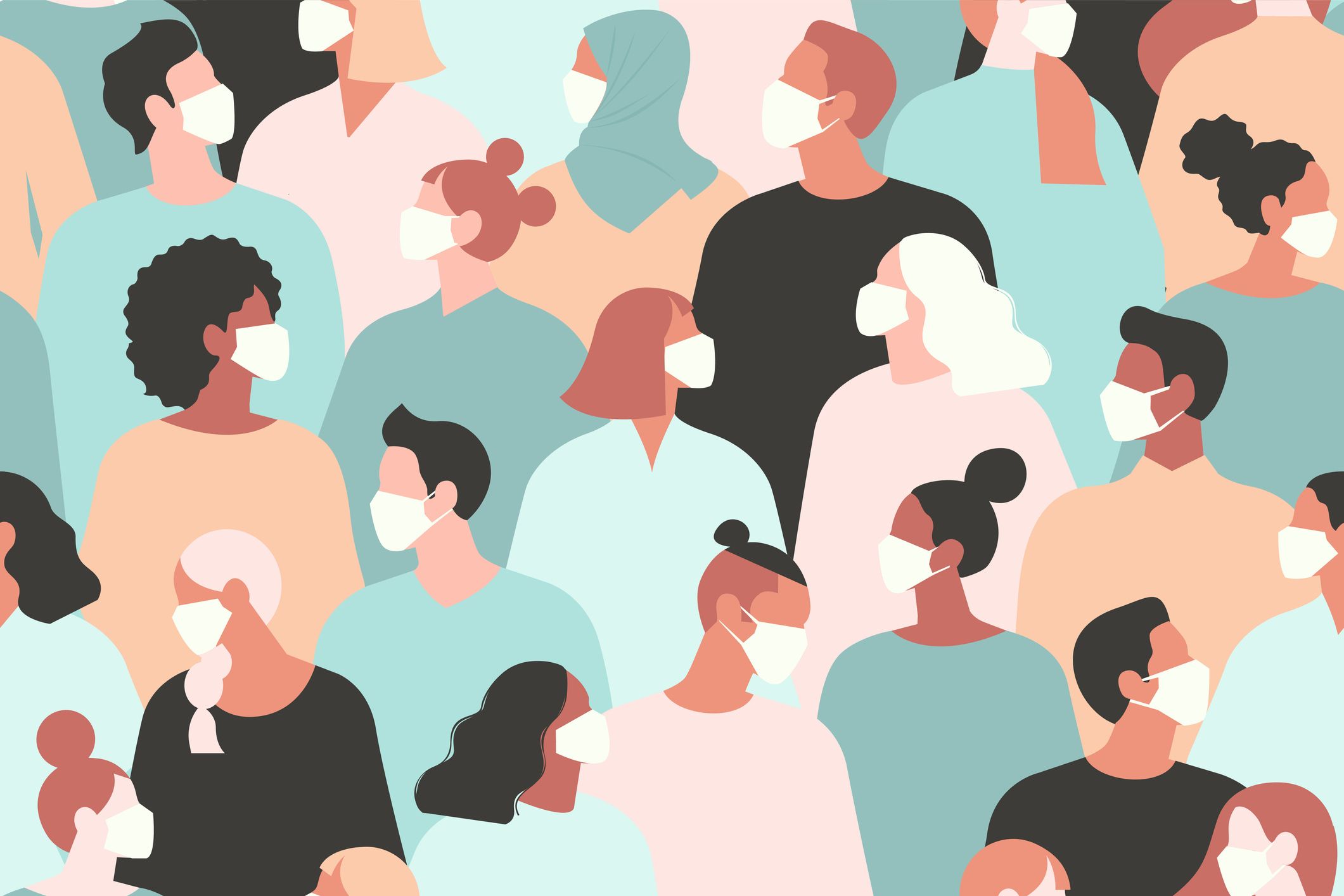this story was originally published on april 1 and has been updated on july 22 to include information about n95 masks with valves.the message to canadians over the last few weeks has changed: wear face masks.dr. theresa tam, canada’s chief public health officer, advised that
non-medical masks help prevent the spread of covid-19 by people who don’t know they have it.the most effective masks — n95s — are in such short supply that dr. tam said in another
briefing that officials are looking at whether or not they can be disinfected and reused for frontline health workers.yet masks of varying kinds have been declared mandatory for the general public by the governments of
austria, the czech republic and slovakia. and in many parts of asia there is social pressure to wear them.“in asia, it’s more like a civic duty for people. people who don’t wear face masks are criticized,” says dr. elaine shuo feng, an epidemiologist and statistician at the oxford vaccine group in the u.k. who authored a paper on
the rational use of face masks in the lancet last week. “in hong kong, face masks are recommended for anyone who uses public transportation or goes to crowded areas.”so which mask should you use? here’s a shorthand to the options — and how effective they are.
n95 respirators: the gold standard for health workers
first things first: n95 is a designation, meaning they are approved for medical use by
health canada. masks with that name, in varied shapes including cups, flatfold or duckbill, must be able to filter out at least
95 per cent of very small particles.to do that, n95s require fabric with pores no more than 0.3 microns in diameter, or 300 nanometres. manufacturers use what’s called “melt-blown” fabric made from interlaced polypropylene fibres (think a cotton candy maze trapping particles as they travel) that are notoriously
hard to produce.however, all this hard work goes to waste if the mask is not fitted properly. n95 wearers often have to remove any jewellery and facial hair, and healthcare workers are fit-tested for n95 respirators before actually using them to make sure they are completely sealed against their faces — otherwise, viruses will still sneak in the sides. during fit tests,
sweet or bitter solutions are sprayed to see if the wearer can taste them.health canada also notes that “both respirators and masks need to be used in combination with appropriate eye protection (e.g., face shield, goggles) to achieve full protection of the eyes, nose and mouth.”should you see n95s for sale, also note that they have a “best before date.” reuters recently reported on
the millions of masks ontario had stockpiled — but were now expired.lastly, not all n95 masks are created equal.
masks with exhalation valves are not recommended for covid-19. n95s with valves are designed for construction workers to prevent dust and other particles from getting in, but it does not prevent an infected person from spreading droplets. masks with valves have good filtration for air coming in because they’re one-way and does not allow air in through the valve — outside air is forced to go through the mask itself (the filter). but the valve opens up when the user breathes out, which makes it easier for the user to breathe, but it doesn’t prevent their droplets from transmitting to others around them. in san francisco,
masks with valves have been banned because it doesn’t stop source control and puts others at risk.
 6 minute read
6 minute read









